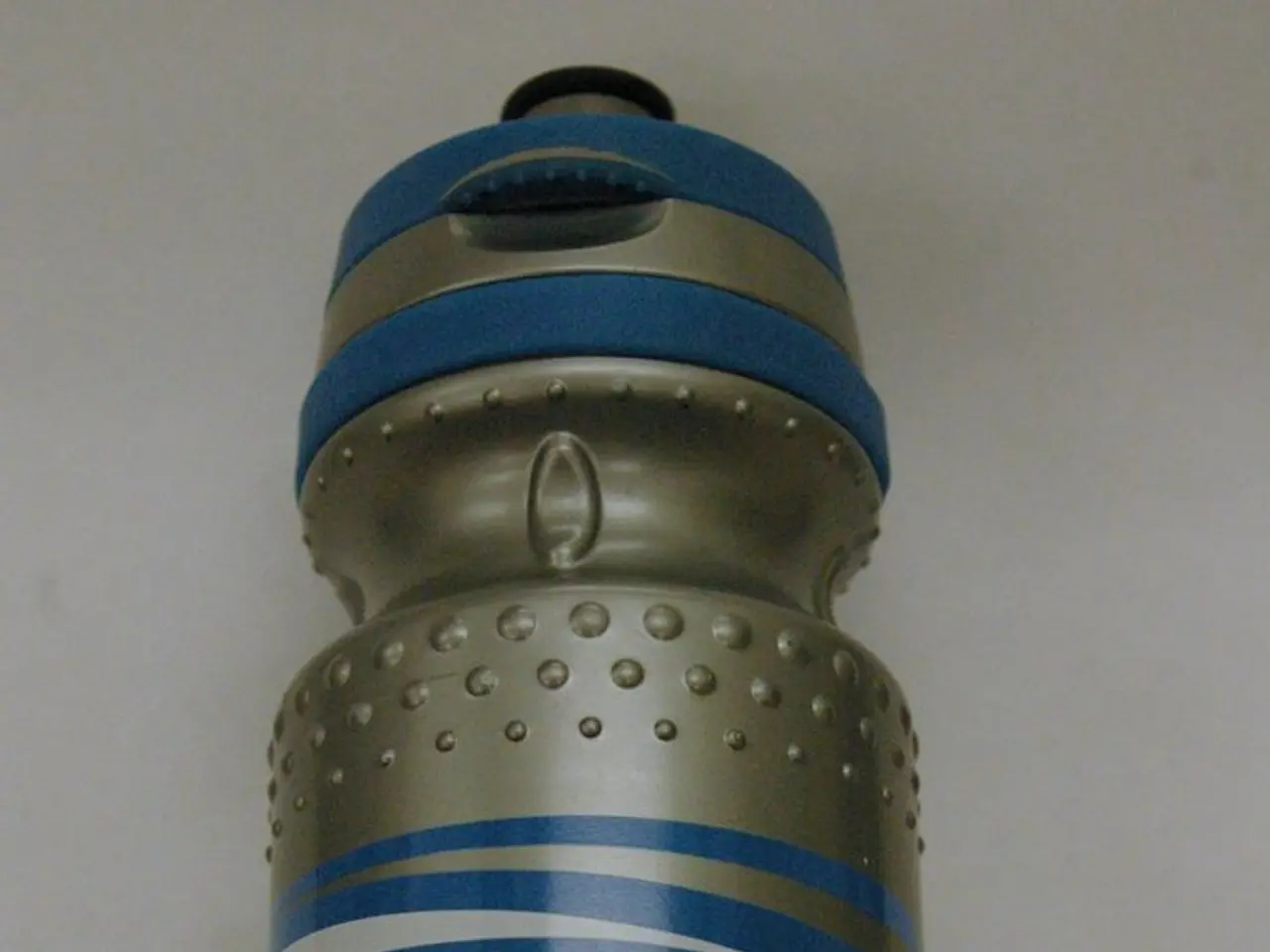Investigators dedicated to eradicating lethal pediatric cancer
Two separate projects led by Associate Professors Yeesim Khew-Goodall and Quenten Schwarz at the University of Adelaide will focus on identifying the molecular drivers of neuroblastoma, a deadly form of childhood cancer, and finding more effective drugs to fight it.
Neuroblastoma accounts for 15% of all childhood cancer deaths and typically affects children under the age of five, with the average age of diagnosis around one to two years. The disease is characterised by the uncontrolled division and growth of immature nerve cells called neuroblasts, which develop into cancer cells instead of becoming functioning, mature nerve cells.
Associate Professor Schwarz's project will utilise genetically engineered stem cells to model the fetal origins of neuroblastoma and screen FDA-approved drugs. The aim is to understand how different genetic alterations drive different forms of neuroblastoma and identify new drugs for neuroblastoma that are already approved for clinical use in other disease settings.
Key microRNAs are deleted in one type of neuroblastoma, and increasing their expression could potentially stop the progression of the cancer. This approach could lead to the development of personalised therapies for each child with neuroblastoma.
Associate Professor Khew-Goodall's project will focus on improving risk classification using clinical information and molecular profiles of patient samples. The goal is to identify therapeutic drugs that can be personalised for each child with neuroblastoma.
The projects will involve the Women's and Children's Hospital and Royal Adelaide Hospital, and the researchers will work with the families of current patients over the next three years, combining laboratory studies with patient profiling.
The priority of the projects is to predict which patients will or will not respond to current treatments due to the lack of reliable diagnostic criteria for neuroblastoma. High-risk neuroblastoma often results in relapse, and patients often undergo multiple rounds of therapy, including chemotherapy and radiation therapy. The side effects from these treatments can be debilitating and stay with survivors for life. The sledgehammer approach towards treating neuroblastoma can lead to developmental effects, including deafness, speech problems, mobility issues, and cognitive impairments.
Researchers from the University of Heidelberg are also leading a project on the causes and treatments of neuroblastomas, funded under the auspices of the Federal Ministry of Health. The definitive causes of neuroblastoma are yet to be found, but defective genes are thought to be partly responsible.
The Australian researchers and oncologists have been awarded $2.4 million to investigate the causes and treatments for neuroblastoma, the deadliest and most common solid tumor in children under the age of five. The new information from stem cell modeling may allow for the identification of the best therapies for each tumor type and more accurate prediction of patient outcomes.








